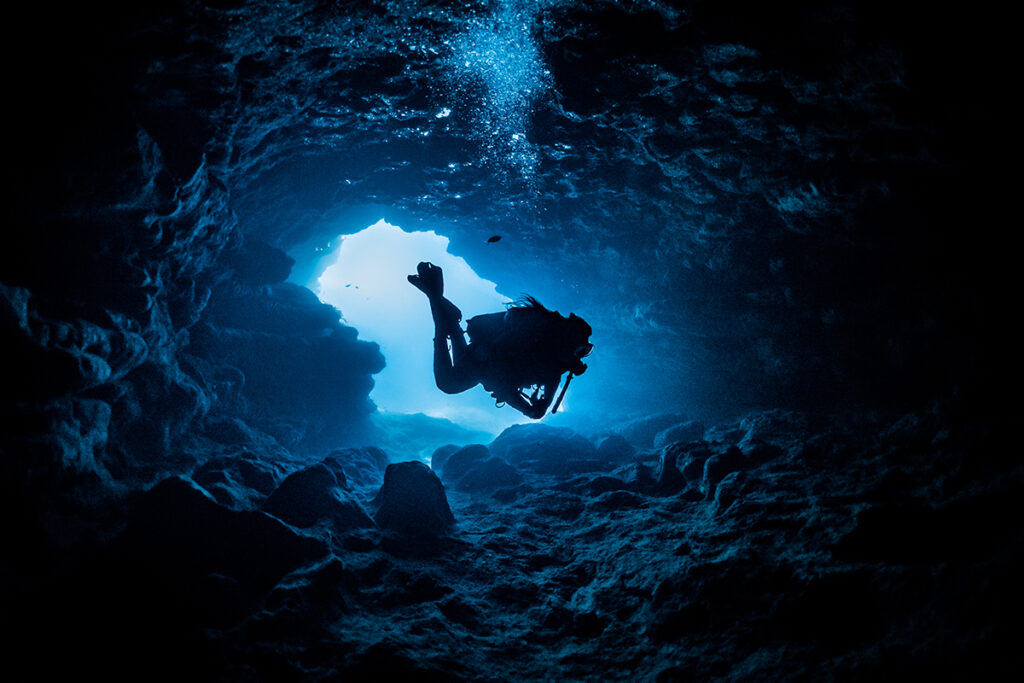Scientists have uncovered a groundbreaking phenomenon in the deep ocean that could reshape theories about how oxygen is produced and where life might exist beyond Earth. The discovery that metal nodules on the dark seabed can generate oxygen without sunlight challenges the long-standing belief that oxygen can only be produced through photosynthesis.
The researchers behind this finding are launching a new mission to explore some of the deepest parts of Earth’s oceans. Their goal is to understand the mechanisms behind this unexpected process and assess its implications for extraterrestrial life. Collaborating with NASA, the team aims to determine whether a similar process could be occurring on other planets and moons, potentially creating oxygen-rich environments capable of supporting microbial life.
A Controversial Scientific Breakthrough
The discovery has ignited debate within the scientific community, particularly among marine biologists and deep-sea mining companies. If oxygen is being produced in total darkness at extreme depths, it raises fundamental questions about deep-sea ecosystems and the organisms that might thrive there. These findings have also intensified discussions about the environmental impact of seabed mining, as some environmental groups argue that such discoveries should prompt a reconsideration of deep-sea resource extraction.
In response, mining companies and some scientists have questioned the validity of the results, citing concerns about the experimental methods used. Critics argue that the apparent oxygen production may have been an error caused by bubbles during sample collection. However, the research team has ruled out this possibility and is moving forward with additional studies to provide conclusive evidence.
Exploring the Deep Ocean for Answers
The upcoming research mission will involve sending remotely operated submersibles to seabeds over 10 kilometers deep. These advanced instruments will analyze metal nodules and their ability to generate oxygen from seawater. The team expects to confirm that this process is widespread in deep-sea environments, offering new insights into the unexplored ocean depths.
Parallel experiments with NASA will investigate whether similar conditions could exist beneath extraterrestrial oceans. If confirmed, this mechanism could significantly expand the criteria for identifying potentially habitable planets, as oxygen has long been considered a key factor in sustaining life.
The Future of Deep-Sea Mining
The discovery also holds major implications for the deep-sea mining industry. The seafloor in regions like the Pacific Ocean between Hawaii and Mexico is rich in metal nodules, which contain valuable materials essential for battery production.With the increasing demand for these metals driven by the global shift to electric vehicles and renewable energy, extensive mining projects are being planned.
With the increasing demand for these metals driven by the global shift to electric vehicles and renewable energy, extensive mining projects are being planned. They argue that disturbing these deep-sea ecosystems without comprehensive research could have unforeseen consequences.
With new findings on the horizon, scientists are urging caution before decisions about seabed mining are finalized. Understanding how oxygen is produced in the deep ocean could reshape marine biology, planetary science, and environmental policy in the years to come.


